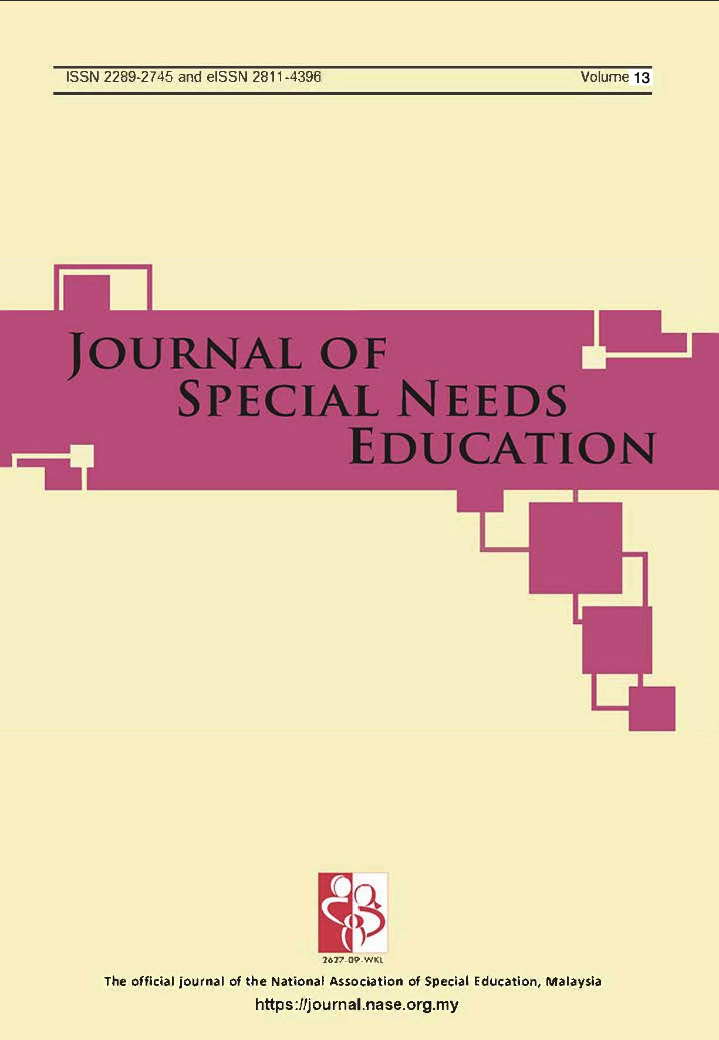Abstract
Resource room is a service provided in an inclusive educational setting to provide support to pupils with special educational needs (SEN). With an increased demand on educational set up to accommodate more children with SEN, international schools are driven to set up specialised programme and resource room to better facilitate learning for these children. The lack of framework in setting up a resource room causes disruption in providing continuous support to inclusive pupils with SEN, notably whenever a Special Educational Needs Coordinator (SENCO) leaves the school establishment. A framework for resource room set up was established by explaining the roles of each member involved in providing and receiving the services provided in the resource room, types of services provided and the functions of the resource room. A multiple case study was adopted where the SENCOs, the member of the management and teachers teaching pupils with SEN were interviewed. Important elements were identified for the setting up and sustaining of the resource room, namely, understanding each member’s roles and responsibility towards the operation; the collaboration and communication between all members; support from the school community and having an allocation of funds and resources required to operate the resource room. The resource room requires a whole school collaborative effort to ensure that pupils with SEN receive the required services.

This work is licensed under a Creative Commons Attribution-NonCommercial-NoDerivatives 4.0 International License.
Copyright (c) 2024 Journal of Special Needs Education

